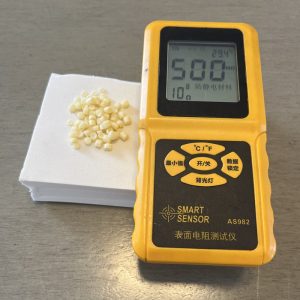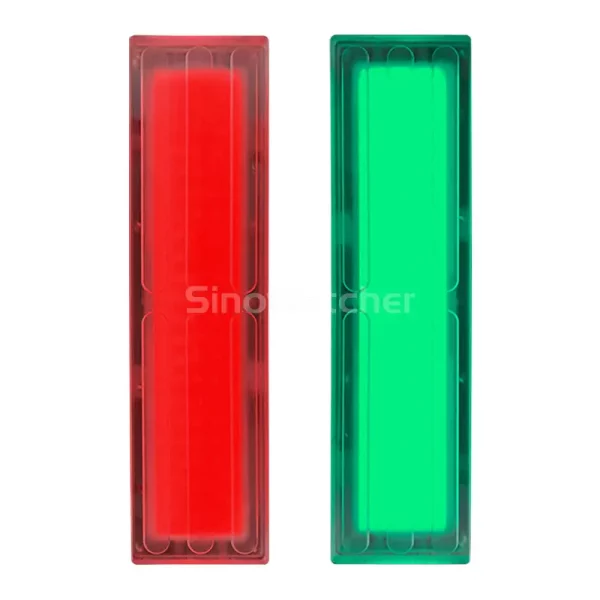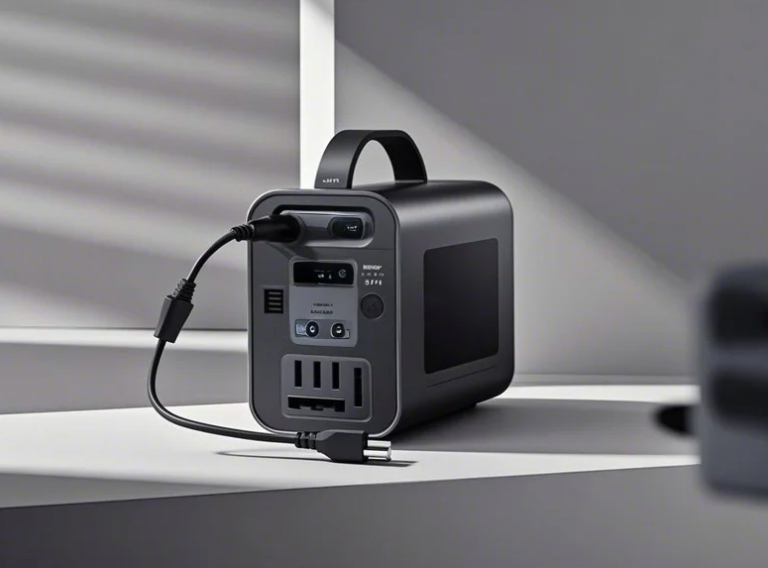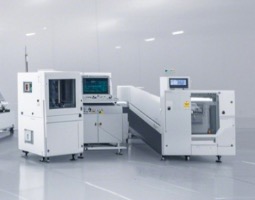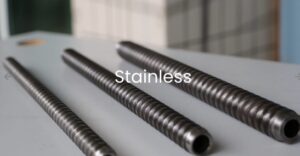Table of Contents
Natural ESD EVA foam compound has long-lasting antistatic performance, which changes the traditional single choice of black color, it can be colored.
Common application areas
1. Electronic equipment manufacturing: used as packaging materials for electronic components, such as integrated circuit chips, resistors, and capacitors, to prevent static electricity from damaging sensitive electronic components.
2. Communication products: such as buffer pads and gaskets inside mobile phones and routers, to protect equipment from impact and prevent static interference.
3. Computers and peripherals: packaging and buffering protection of computer motherboards, hard drives, graphics cards, and other components.
4. Medical equipment: such as packaging and internal protective components of medical instruments and diagnostic equipment to ensure the electrostatic safety of medical equipment.
5. Aerospace: ESD EVA foam compound is a buffer protection ESD material and is used to protect some electronic components inside aircraft and spacecraft.
6. Industrial automation: plays a role in the packaging and internal buffering of industrial control equipment, sensors, etc.
7. Precision instruments: such as buffering and protection of precision instruments and optical instruments in laboratories.
8. New energy field: such as packaging and protective materials for new energy batteries.
9. Smart wearable devices: internal buffering and protection for smartwatches, bracelets, etc.
10. High-end audio equipment: buffering and isolation of internal components to reduce the impact of static electricity on sound quality.
Antistatic performance test standard
The anti-static performance test of ESD EVA foam materials usually follows some common standards:
1. International Electrotechnical Commission (IEC): such as the IEC 61340 series of standards, which cover all aspects of static control, including the test methods for the static performance of materials.
2. American National Standards Institute (ANSI): such as ANSI/ESD S20.20, etc., are used to standardize the requirements for electrostatic discharge protection work areas.
3. Chinese National Standards (GB): such as GB/T 1410-2006 “Test Methods for Volume Resistivity and Surface Resistivity of Solid Insulating Materials”.
Antistatic performance test conditions
When testing the antistatic performance of ESD EVA foam materials, these conditions will affect the test results:
• Environmental conditions: The test environment should maintain relatively stable temperature and humidity, because changes in ambient temperature and humidity may affect the resistance value and antistatic performance of the ESD EVA foam materials. It is usually recommended to test under the environmental conditions specified by the standard, such as temperature 23 ± 2℃ and relative humidity 50 ± 5%.
• Sample pretreatment: Before testing, the sample should be placed under the specified environmental conditions for a sufficient period to achieve moisture absorption equilibrium or eliminate possible residual charges.
• Test electrode: Select a suitable test electrode and ensure that it has good contact with the sample surface to obtain accurate resistance measurements.
• Test voltage: Select the correct test voltage according to the standard requirements. Different voltages may cause differences in measurement results.
• Measurement position and number: Perform multiple measurements at different locations of the sample to obtain more representative data and calculate the average value.
• Cleanliness: Ensure that the specimen surface of ESD EVA foam is clean and free of dust, oil, or other contaminants that may affect the test results.
• Instrument calibration: Calibrate the test instrument regularly to ensure the accuracy and reliability of the measurement.
• Operator: The tester should be familiar with the test methods and operating procedures, and operate strictly in accordance with the standards to avoid human errors.
0
